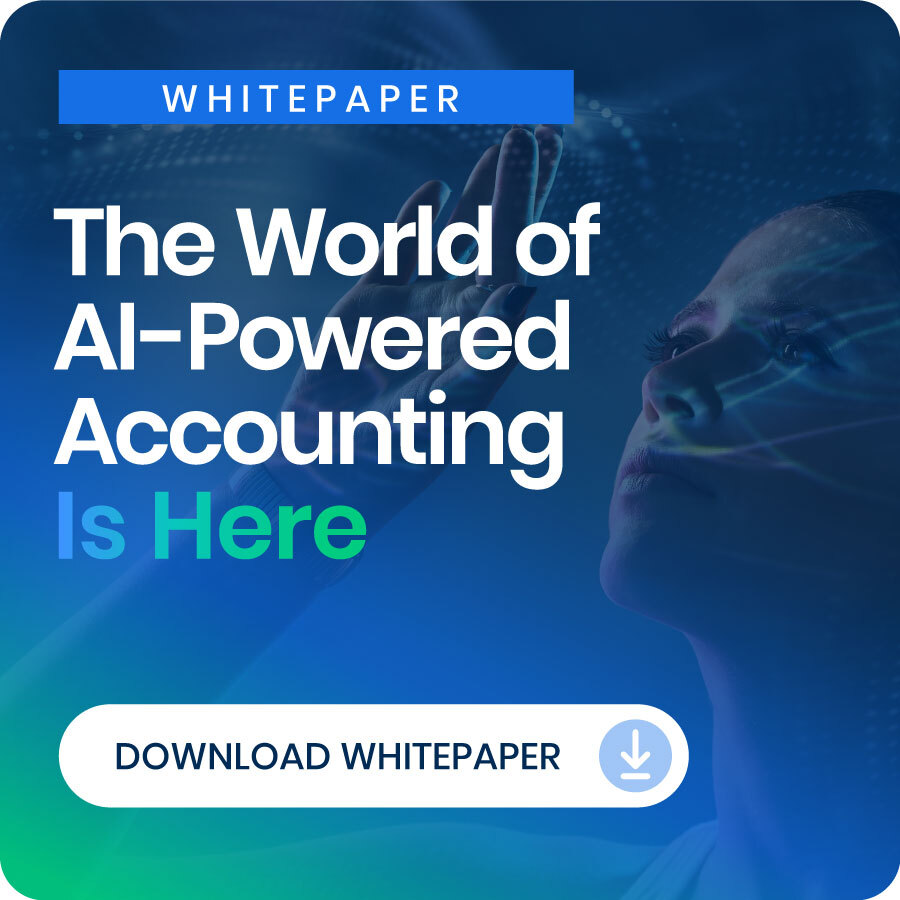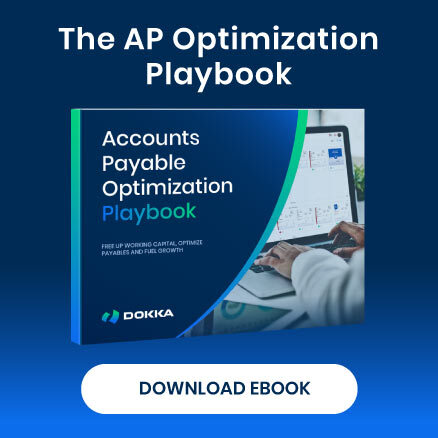How POS will impact Accounting moving forward is an interesting topic that relates to the AccountantsCorner discussions and also the future of accounting.
So today’s views on POS and accounting are from an accountant who asked if they could write some thoughts on how they see POS and Accounting moving forward in the future.

The ways in which accounting practices have evolved in recent years have been fascinating, particularly for small business owners. To put it simply, we have seen an ongoing emergence of software programs, mobile apps, and similar tools that are streamlining accounting practices, and in some cases making it easier for people to manage their own finances.
In fact, we’ve even reached a point at which familiarity with these programs is viewed as a positive attribute for professional accountants. Business-2-Community’s hiring tips for companies seeking accounting help specifically even recommends that people find out if professional accountants are comfortable with your preferred software and apps.
These digital programs can make accounting more efficient, whether people are doing their own work in this area or relying on professional help. But it’s important to recognize that they don’t only help at the end of the process, when it’s time to make sense of the numbers. They can also work with other programs and devices to make the actual collection of financial data simpler and more effective. And that’s where improving POS (or point-of-sale) devices are coming into play, at least for businesses with in-person operations.
It is now possible, essentially, for businesses of this sort to use POS devices — as well as other small pieces of tech that interact with customers — to gather data that can be directly paired with accounting software. This takes much of the tedious human element out of the process and makes it easier for businesses to comprehensively gather all information relevant to sales.
In some cases, as mentioned, this can be done through small, in-store tech devices before customers even reach the point-of-sale. And for this capability, we have a miniature world of profoundly impressive electronic innovations to thank.
Most modern devices are powered to some extent by their internal circuit boards, and in the past few years, smaller and stronger circuit components have made inter-device connectivity more feasible. Altium’s breakdown of PCB antenna design explains how this works in somewhat more technical terms, conveying that the physical footprints of antennae are being reduced without any decline in performance.
This is specifically being done to bring about more capable Internet of Things devices, which is the category the in-store sensors we’re discussing fall into.
Different sensors are capable of different things. But from in-store digital assistants to discreet beacons that reach out to customers via Bluetooth, devices of this nature can start the process of gathering data. As it relates to payments and company finances, this data might include customer history, preferences about product prices, responses to sales or coupons, etc. — all of which can play into a proper analysis of financial management.
More directly though, point-of-sale devices themselves can also work alongside accounting software to communicate information about purchases, inventory, returns, and so on — all wirelessly and seamlessly. Business.com looked into modern POS software specifically for the restaurant industry and pointed to cloud-based operations as the first benefit.
In that context, the idea was that back-of-house software can communicate via the cloud with the actual POS hardware in order to track financial data. But the same basic concept can benefit any business generating in-person sales. Whatever is done on the POS (typically a smartphone- or tablet-based system with the modern POS programs we’re talking about) can be conveyed to the right accounting software over the cloud.
When you wrote about ‘5 Ways to Automate Your Accounting Processes’ your first point was that the documentation process should be digitized. That is essentially what can be done via these kinds of devices and systems. By connecting in-store sensors and POS machines to robust accounting software via the cloud, you’re effectively digitizing the process of keeping your own numbers.
And by involving customer history and similar information, you may even be able to gain more insights than you would simply by tracking raw numbers. The end result can be a more exact and more beneficial accounting operation.




